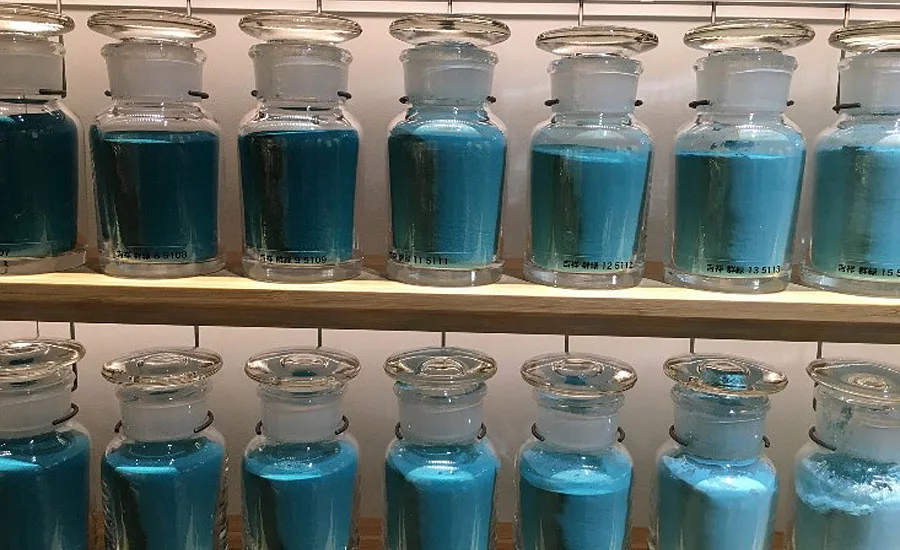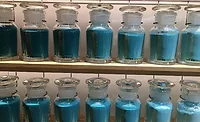Report Predicts Pigments Market to Recover After COVID-19 Disruption

LEATHERHEAD, UK/AKRON, OH – A new study by Smithers predicts global demand for high-performance and special effect pigments in 2020 will be 217,100 tonnes, with a value of $6.22 billion, as the industry reacts to a severe short-term fall in demand caused by the global coronavirus outbreak.
New research contained in the Smithers market report, The Future of High-performance Pigments to 2025, shows that the 2020 figures represent a 12% drop in value compared to 2019. This has been caused by restrictions on economic activity and industry closures across the world caused by the COVID-19 pandemic, which has impacted nearly all end-users.
Smithers forecasts a gradual recovery for the industry across the first half of the new decade. According to the study, there is a forecast 5% recovery in the market in 2021; but demand will not return to 2019 levels until 2023 or 2024. Having negotiated this short-term shock and adjusted to the industry imperatives of a post-COVID world, consumption is forecast to reach 255,770 tonnes, with a value of $7.58 billion, in 2025.
Smithers’ study gives expert qualitative and quantitative analysis of the market outlook for 16 different organic, inorganic and special-effect pigments. This shows that the largest market shares remain for pearlescents, and aluminium and bronze metallic products; which combined in 2019 were 59% of the market by weight. The 2019-2020 decline will affect all pigment classes, but be most pronounced in the special-effects sector.
The short-term fall in demand and future recovery will be linked to the fortunes of major end-use industries. The leading uses for high-performance and special effect pigments are in plastics and coatings; with smaller shares going to inks, cosmetics and textiles. The impact of COVID-19 is not uniform across or within these sectors. For example, decorative paints have performed well in H1 2020, as locked down consumers spend time on home improvement; while in contrast, demand for automotive coatings has fallen by around 25% worldwide.
As they navigate this new commercial landscape, high-performance pigment suppliers will need to react to multiple business and evolving technology requirements. Among those requirements is the impact of major M&A activity reshaping the industry, with DIC buying BASF’s pigment division and Clariant selling its masterbatch business to PolyOne to create the new company Avient. Further consolidation in the industry is a distinct possibility in the future.
Another issue the industry will face is the increasing sophistication of performance pigment suppliers based in China. Ongoing demand for pigments with higher chroma that enable superior color options should also be considered.
Other technologies that business will need to consider are the improvements in pigment grades to speed the transition from traditional milling to high-speed stirring. Greater portfolio diversification through integrating cutting-edge nano-pigment and smart pigment innovations is another factor. Companies must also consider introducing renewable or bio-based performance pigments to meet end-users demands for more sustainable solutions that cut their carbon footprint.
As it enters a new decade and reacts to the major disruption of the global pandemic, The Future of High-performance Pigments to 2025 represents an essential strategic business tool for companies across this industry’s manufacturing and distribution chains. Qualitative analysis and COVID-19 forecasts are supported by an exclusive 2015-2025 dataset that segment the market by pigment type, end-use application, and geographic and leading national markets.
Learn more here.
Looking for a reprint of this article?
From high-res PDFs to custom plaques, order your copy today!






